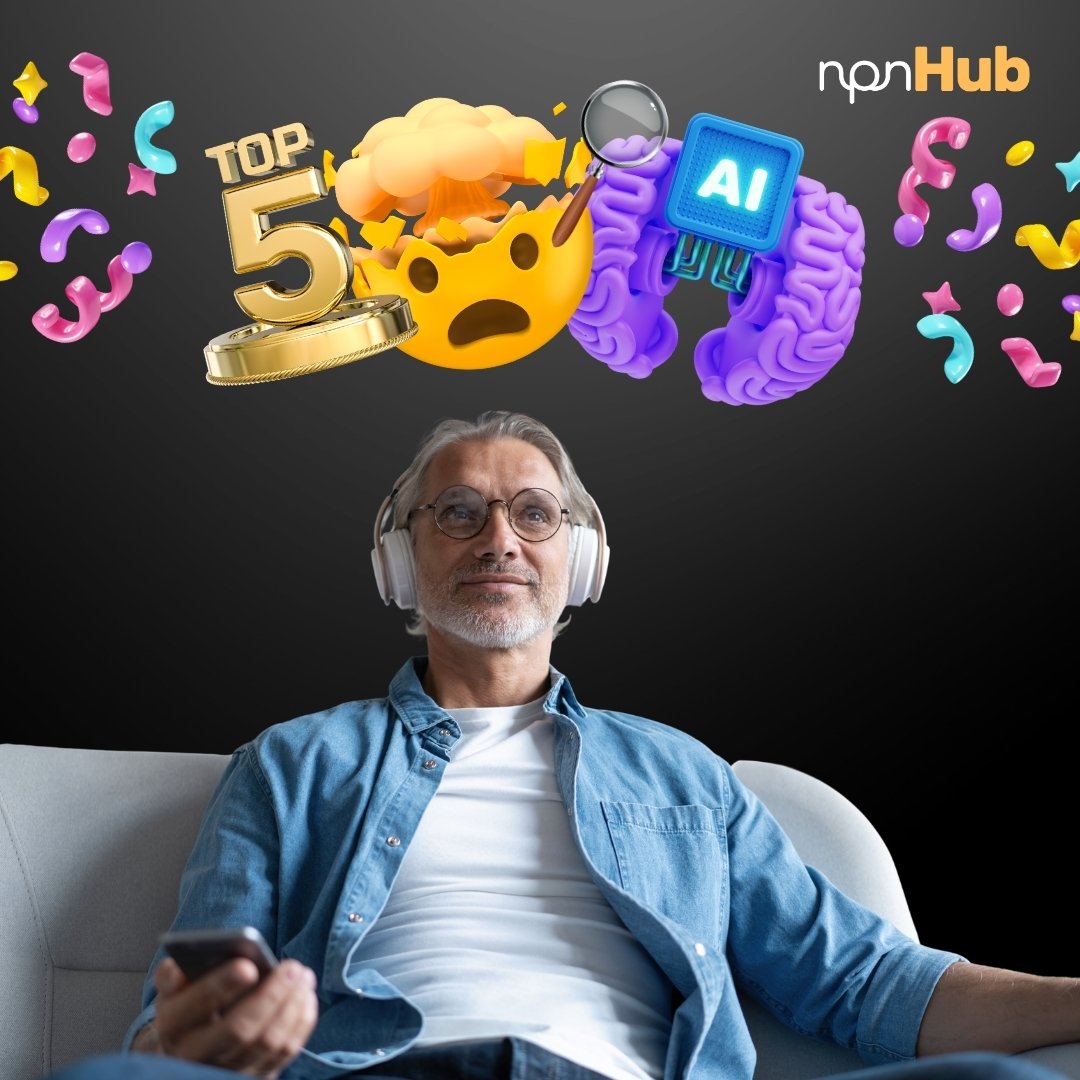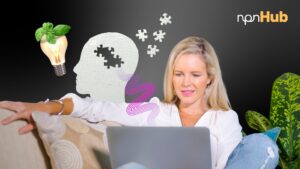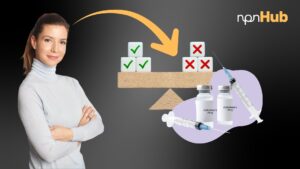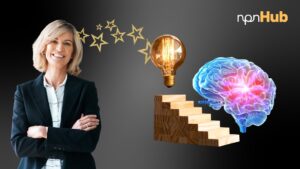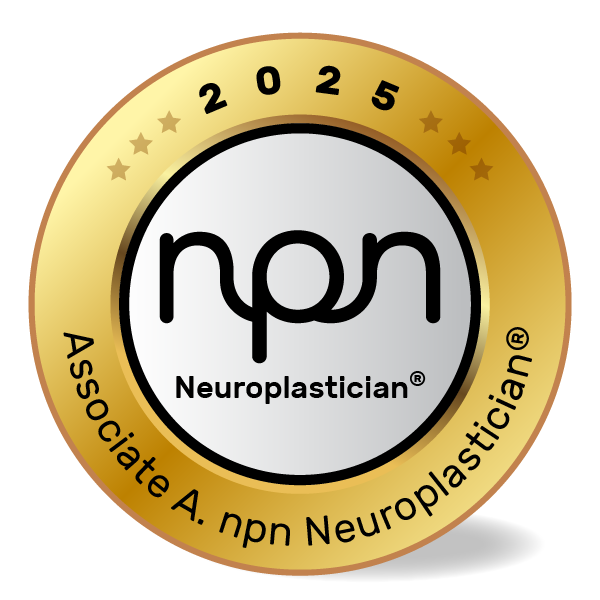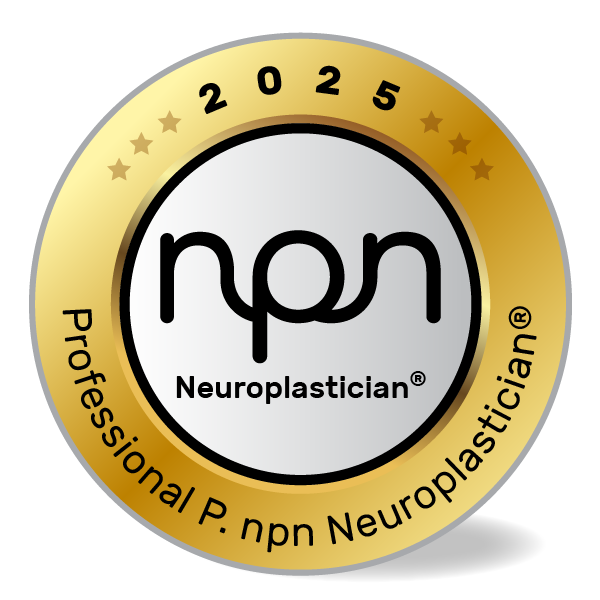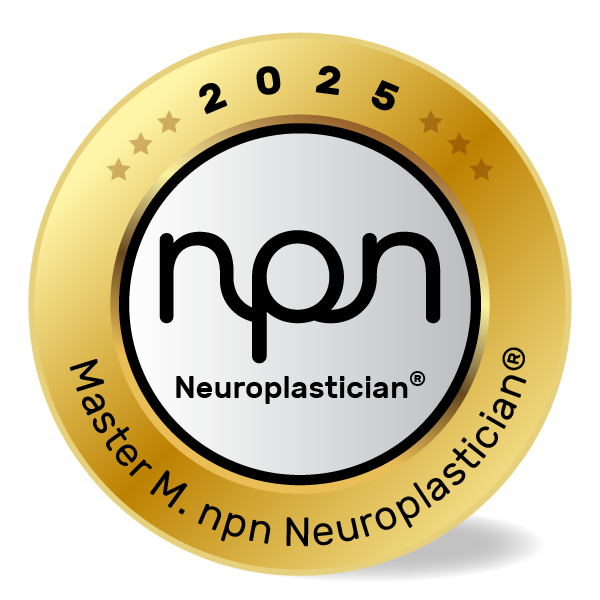How Artificial Intelligence is Revolutionizing Our Understanding of the Brain
Curated by an npnHub editorial member
Key Points
- Artificial intelligence (AI) is transforming neuroscience by uncovering brain patterns and mechanisms previously hidden.
- Machine learning models help decode complex neural data, accelerating brain research and diagnosis.
- AI-driven brain-computer interfaces (BCIs) are pushing the boundaries of human-machine interaction.
- Deep learning algorithms enhance brain imaging, enabling precise mapping of brain structure and function.
- The synergy of neuroscience and AI is opening new frontiers for personalized mental health treatments.
1. What is Neuroscience AI?
Picture a neuroscience practitioner sitting in a lab, overwhelmed by vast, complex brain data from EEG, fMRI, or single-neuron recordings. Traditionally, analyzing such data took months, yet patterns were often elusive. Now, imagine this practitioner collaborating with an AI system that rapidly parses these datasets, revealing subtle brain activity patterns tied to cognition, emotion, or disease. This scenario illustrates how AI is transforming the daily work of neuroscience experts, coaches, and well-being professionals – not just as a tool, but as a powerful partner in brain research.
Neuroscience AI refers to the use of artificial intelligence technologies – like machine learning and deep learning – to analyze brain data, model neural processes, and develop brain-inspired algorithms. AI can handle the brain’s complexity and variability by learning from large datasets, revealing insights beyond human capabilities. Institutions like MIT’s McGovern Institute and Stanford’s Center for AI in Medicine and Imaging have pioneered this integration, highlighting AI’s potential to decode brain mysteries and enhance clinical outcomes. For example, recent studies demonstrate how AI models can predict early Alzheimer’s disease from subtle MRI changes, improving early diagnosis and intervention (Esteva et al., 2019) (Rajpurkar et al., 2018).
2. The Neuroscience of AI: How the Brain and AI Intersect
Imagine a neurocoach working with clients using brain-computer interfaces to aid stroke recovery. The AI system adapts in real time to the user’s brain signals, optimizing rehabilitation exercises. This story, while illustrative, showcases AI’s ability to learn from brain data and interact with neural circuits dynamically.
At the core of AI’s success in neuroscience lies neural networks – computational models inspired by the brain’s architecture. These artificial networks mimic the way biological neurons process information by passing signals through layers, adjusting connection weights to improve performance. Key brain regions like the cerebral cortex inspired deep learning networks, while AI algorithms replicate dopamine-driven learning mechanisms to optimize decision-making. Neurotransmitters such as dopamine modulate learning in biological brains, analogous to how AI adjusts weights based on “reward” feedback.
AI’s power comes from its capacity to identify patterns across multiple brain areas—such as the prefrontal cortex, hippocampus, and sensory cortices—and integrate these data to predict behavior or disease progression. Researchers at DeepMind and Google Brain have developed models that decode visual stimuli and even reconstruct images from brain activity patterns (LeCun, Bengio & Hinton, 2015) (Naselaris et al., 2015). These advances deepen our understanding of brain function by bridging experimental data with computational insights.
3. What Neuroscience Practitioners and Well-being Professionals Should Know About AI
Picture a neuroscience educator explaining to students how AI tools enable the mapping of brain connectivity in unprecedented detail. This knowledge empowers practitioners to understand brain disorders more precisely and personalize treatments.
Practitioners should recognize that AI is not magic; it is a sophisticated data analysis method that requires careful interpretation and validation. Common misconceptions include believing AI can fully replace human judgment or instantly “solve” brain disorders. Instead, AI provides enhanced tools that augment professional expertise. Frequently asked questions include:
- How can AI be ethically integrated into clinical neuroscience without bias or privacy breaches?
- Can AI models trained on one population generalize to others with different genetic or environmental backgrounds?
- How do we ensure AI interpretations remain transparent and clinically actionable?
Leading research groups at Harvard Medical School and the NIH emphasize transparency, data diversity, and ethical standards as key to safe and effective AI deployment in neuroscience (Obermeyer & Emanuel, 2016) (Trewin et al., 2020). Practitioners should stay updated on AI tools but also critically assess their limitations to maximize client benefit.
4. How AI Affects Neuroplasticity Research
AI accelerates neuroplasticity research by enabling detailed modeling of how neural pathways change with experience. Repeated behaviors and interventions reshape brain circuits – AI can track these changes at the network level over time, identifying which patterns strengthen or weaken.
For example, machine learning applied to longitudinal EEG data reveals how specific cognitive training modifies connectivity in attention networks. This insight guides practitioners in optimizing interventions that harness neuroplasticity for rehabilitation or cognitive enhancement.
A landmark study by researchers at the University of California demonstrated how AI models predicted neuroplastic changes post-stroke rehabilitation, enabling tailored therapy adjustments (Sadtler et al., 2014). Such work highlights AI’s role in bridging complex neuroplasticity mechanisms with real-world clinical applications, ultimately helping brains recover and adapt more efficiently.
5. Neuroscience-Backed AI Interventions to Improve Brain Health
Behavioral and clinical interventions benefit enormously from AI by providing personalized, data-driven approaches. Neuroscience practitioners working with clients facing cognitive challenges often encounter variable responses to standard treatments. AI offers a solution by identifying subtle individual differences that influence outcomes.
1. Personalized Cognitive Training
Concept: AI tailors cognitive exercises by continuously analyzing user performance and adapting task difficulty, enhancing dopamine-driven learning circuits (Stanford AI Lab).
Example: A coach uses an AI platform to customize memory exercises for a client recovering from traumatic brain injury.
Intervention:
- Use AI platforms with adaptive difficulty
- Track progress through regular assessments
- Adjust training frequency based on neural feedback
2. AI-Enhanced Brain-Computer Interfaces (BCI)
Concept: AI decodes brain signals in real-time, enabling communication or control of devices for clients with paralysis (Johns Hopkins BCI research).
Example: A neuroplastician guides a client to operate a robotic arm through BCI for independence.
Intervention:
- Integrate AI-BCI systems in rehabilitation
- Provide training sessions to improve neural signal clarity
- Use feedback loops to refine control accuracy
3. Predictive Mental Health Models
Concept: AI analyzes patterns from multimodal data (brain imaging, genetics, behavior) to forecast mental health risks (NIH Precision Psychiatry initiative).
Example: A wellbeing professional uses AI-driven risk profiles to customize anxiety management plans.
Intervention:
- Employ AI screening tools during intake
- Develop personalized coping strategies based on risk factors
- Monitor treatment response dynamically
Practitioners can harness these AI interventions to enhance clinical precision and client empowerment, transforming neuroscience care into a more personalized science.
6. Key Takeaways
AI is revolutionizing neuroscience by unlocking new levels of brain data understanding, enhancing neuroplasticity research, and enabling personalized brain health interventions. Far from replacing practitioners, AI acts as a powerful partner, helping professionals decode complex neural patterns and tailor care to individual brain profiles. As neuroscience and AI deepen their collaboration, the potential to improve mental health, rehabilitation, and cognitive enhancement grows exponentially. Embracing AI tools with a critical yet open mind allows neuroscience practitioners to elevate their impact and support clients more effectively.
- AI accelerates brain data analysis and interpretation.
- Neural-inspired AI models mimic key brain learning mechanisms.
- AI interventions enable personalized cognitive and mental health care.
- Ethical, transparent use of AI ensures safe clinical integration.
- The future of neuroscience lies in AI-human collaboration.
7. References
- Esteva, A. et al. (2019). A guide to deep learning in healthcare. Nature Medicine, 25(1), 24–29.https://www.nature.com/articles/s41591-018-0316-z
- LeCun, Y., Bengio, Y., & Hinton, G. (2015). Deep learning. Nature, 521(7553), 436–444.https://www.nature.com/articles/nature14539
- Naselaris, T. et al. (2015). Bayesian reconstruction of natural images from human brain activity. Neuron, 63(6), 902–915.https://doi.org/10.1016/j.neuron.2009.09.006
- Obermeyer, Z., & Emanuel, E. J. (2016). Predicting the Future — Big Data, Machine Learning, and Clinical Medicine. The New England Journal of Medicine, 375, 1216–1219.https://www.nejm.org/doi/full/10.1056/NEJMp1606181
- Sadtler, P. T. et al. (2014). Neural constraints on learning. Nature, 512(7515), 423–426.https://www.nature.com/articles/nature13665

